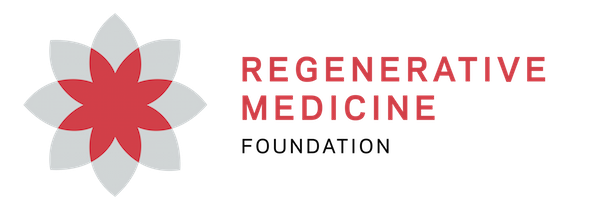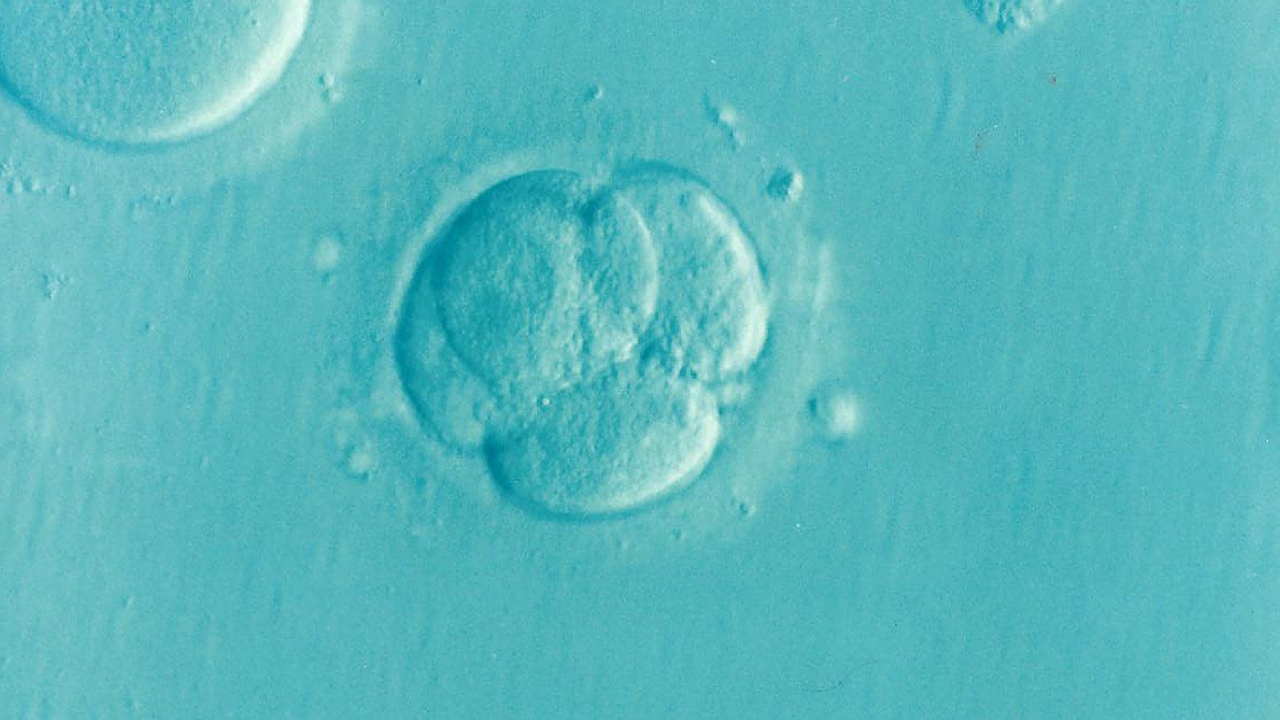Sheef /ʃiːf/
noun acronym. Synthetic Human Entity with Embryo-like Features.
“Change is avalanching upon our heads and most people are grotesquely unprepared to cope with it.” Alvin Toffler (1970)- Future Shock
Stem cell engineering has leaped forward so fast that the cell engineering technology seems to have outpaced the present moral and ethical boundaries relating to human embryo research.
John Aach, George Church and their colleagues have published an eLife a paper that delves on the ethical and regulatory implications of Sheefs, synthetic human entities with embryo-like features. According to the article,
The “14-day rule” for embryo research stipulates that experiments with intact human embryos must not allow them to develop beyond 14 days or the appearance of the primitive streak. However, recent experiments showing that suitably cultured human pluripotent stem cells can self-organize and recapitulate embryonic features have highlighted difficulties with the 14-day rule and led to calls for its reassessment. Here we argue that these and related experiments raise more foundational issues that cannot be fixed by adjusting the 14-day rule, because the framework underlying the rule cannot adequately describe the ways by which synthetic human entities with embryo-like features (Sheefs) might develop morally concerning features through altered forms of development. We propose that limits on research with Sheefs be based as directly as possible on the generation of such features, and recommend that the research and bioethics communities lead a wide-ranging inquiry aimed at mapping out solutions to the ethical problems raised by them.
One might ask is the arrival of Sheefs marks another Asilomar moment, which Dr. Paul Berg, 1980 Nobel Laureate in Chemistry, described as a “meeting that changed the world at the dawn of the biotechnology era”.
The story has been picked up by Carl Zimmer, who in a New York Times article describes some of the implications for the advancement of medicine:
(…) in the future, they (Sheefs) may develop into far more complex forms…such as a beating human heart connected to a rudimentary brain, all created from stem cells. Such a Sheef might reveal important clues about how nerves control heartbeats. Scientists might be able to use other Sheefs to test out drugs for diseases such as cancer or diabetes.
Aach and colleagues call for the research and bioethics communities to map out solutions. In this context, we should all remember the giant (and still unresolved) societal debates relating to the moral status of the human embryo and human cloning issues. The moral status of Sheefs will raise many of the same issues and more. However the discussion, if not properly framed, will likely be served up on a backdrop of societal fear and revulsion.
The recent “stem cell wars” and debates on human cloning offer important lessons that should inform the ongoing debate. One of them is that in order to secure a societal acceptance, and to draw proper boundaries, all stakeholders will deserve a voice. Especially the community of citizens that includes patients.
At the outset, we need to better understand all the potential benefits for the research, set forth in much more compelling detail. Will Sheef research advance curative technologies? Could the research impact chronic disease and other medical conditions? What is the reach of academic research oversight committees in reviewing Sheef research?
More on this to follow in future blog posts.

